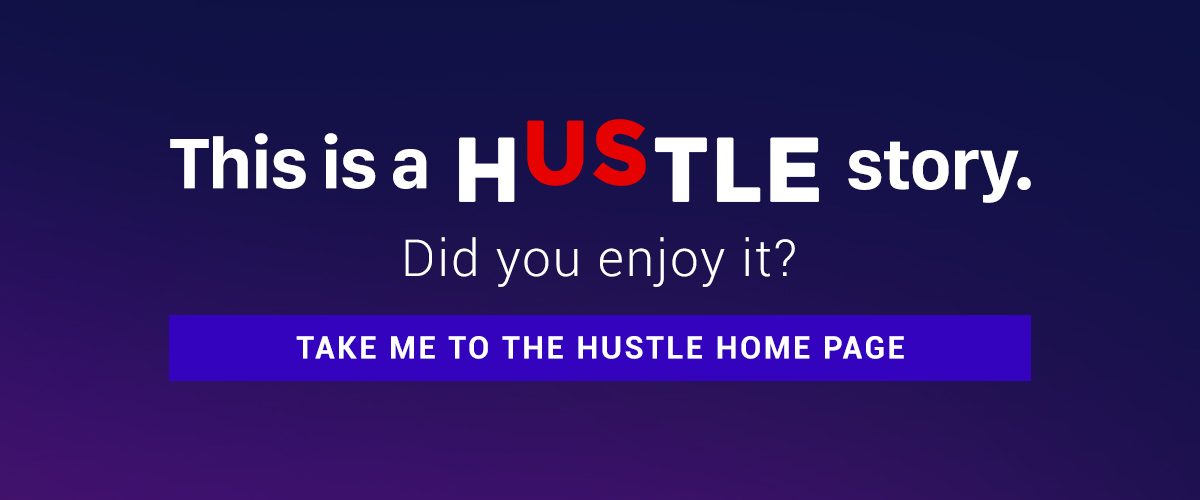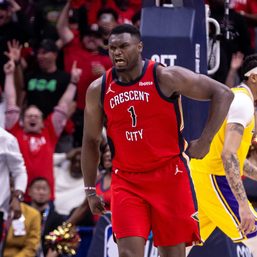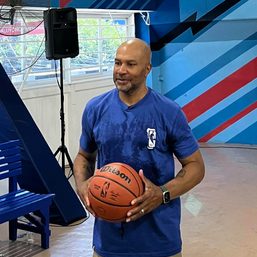SUMMARY
This is AI generated summarization, which may have errors. For context, always refer to the full article.

MANILA, Philippines – Why do LGBTQ+ stereotypes still persist in 2020?
In toto, gender awareness has increased in our society today. In the Philippines alone, more members of the community are recognized and celebrated for their skills and expertise in their respective fields.
But despite progress, more often than not, much of the awareness still comes at the expense of LGBTQ+ members experiencing discrimination, even violence. (READ: Remembering ‘Ganda’: The tragedy of Jennifer Laude)
Despite ranking as the 10th most LGBTQ-friendly country in the world, the Philippines – the Filipino LBGTQ+ community believes – has yet to become a genuinely gender-inclusive country. Discrimination remains rampant at home, in the workplace, and in public spaces. (READ: ‘Tolerated, but not accepted’: Filipino LGBTQ+ speak up vs discrimination)
To this day, LGBTQ+ members still experience prejudice and endure misconceptions that may harm them. Below are just some of the stereotypes that the Filipino LGBTQ+ community faces, according to Mindanao Pride:
Being LGBTQ+ is an illness

Let’s get one thing straight (no pun intended) here – being LGBTQ+ is not an illness in need of a cure.
The World Health Organization (WHO) already removed homosexuality as a disease or mental illness from its International Classification of Diseases (ICD-10). Its latest version ICD-11 dropped being transgender as a mental disorder. It reclassified “gender identity disorder” as “gender incongruence.”
While it’s a big win for the LGBTQ+, many still argue this outdated stance against the community.
In 2019, an evangelist organization slammed the efforts of Ateneo de Manila University, a Jesuit community, to organize its first-ever campus-recognized Pride march. In its official statement, the organization said, “Homosexual acts are intrinsically disordered and contrary to the natural law. Same-sex attraction itself is objectively disordered.” (READ: ‘Homosexual acts are disordered’: CFC-FFL condemns Ateneo Pride, draws flak online)
Earlier that year, no less than the President Rodrigo Duterte said, “pero nagamot ko ang sarili ko” (I cured myself) after “confessing” he used to be gay. (READ: Duterte implies being gay is a disease)
Identifying as LGBTQ+ is not a mental illness, but the stigma, discrimination, and violence that members of the community experience make them vulnerable to mental health problems, Roy Dahildahil of the Mental Health Cluster said during Metro Manila Pride 2019.
“It kills them,” Mindanao Pride board member Arnold Jarn Ford Buhisan said on how discrimination takes a toll on the mental health of LGBTQ+ members. “People don’t understand how this adds up to suicide…. Imagine being bullied every day [on] the streets, [in] school, by your classmates, teachers, relatives, and even parents. Not to mention actual physical harm that some LGBT people encounter every day.”
It’s just a phase

To better understand the concept of “phase,” we may look into subculture trends – emo, skater, Tumblr, the cultural phenomenon “jejemon“, you name it.
When you’re “in a phase,” you’re going through a stage that is expected to pass through time, maybe a transition, towards another stage. In other words, temporary.
That’s not how it works for the LGBTQ+. While it can be temporary (keyword is “can”), LGBTQ+ should not be expected to “come back to” being straight just to meet heteronormative standards.
Instead of “temporary”, the word you should be looking for is “fluid” – meaning, it can change over time.
On one hand, people may identify themselves as straight, then identify later on as bisexual. It’s also possible to identify much later on as another orientation or identity.
On the other hand, people may have always identified as straight, or as homosexual, or as transgender.
Buhisan likens the process to a journey.
“I always believe gender is a journey and it never stops until you die…. It’s not definite just like our feelings. We come across different situations every day, meet different people in various circumstances, and learn new things in our journey. These things influence our perspective towards the world, towards people. Sometimes, it’s that perfect moment that makes all the difference,” he said.
Another notion to dispel: it’s NEVER a trend. Bisexuals get accused of being bisexual because it’s “in.” Being transgender is not “becoming mainstream.” Queer people do not identify themselves as queer just to “look cool.”
It’s time to stop this thinking.
More and more members of the community are only coming out now because the times have changed – society has become relatively more open, but that’s not to say the LGBTQ+ folks are completely free from discrimination today. (READ: ‘Tolerated, but not accepted’: Filipino LGBTQ+ speak up vs discrimination)
Gays act or look a certain way

One of the most common myths about the LGBTQ+ is that they should act a certain way, that lesbians should act masculine, gays should act feminine.
The elements of SOGIE can be mixed and matched in so many ways, as explained in Sam Killermann’s Genderbread person. (READ: EXPLAINER: What you need to know about SOGIE)
One can be assigned female (sex) at birth, grow up feminine (gender expression), identify as a woman (gender identity), and be attracted only to women (sexual orientation). She is a lesbian and a cisgender – meaning, their gender identity matches their assigned sex at birth.
In the same manner, one can be assigned male at birth and identify as a woman. In this case, when their gender identity does not match their assigned sex, they may identify themselves as transgender (trans man, trans woman). Being transgender doesn’t automatically equate to being attracted to the same sex. As Angelina Mead King and Joey Mead’s relationship proved, trans women can still be attracted to women. (READ: Angelina Mead King on transitioning, relationship with Joey Mead)
Who’s the man/woman in the relationship?

LGBTQ+ people do not enter a relationship to subscribe to heteronormative roles. Same-sex couples should not be expected to adhere to gender roles, which can be stereotypical in its own right.
“There’s no husband or wife. There’s just two people who love each other. There’s no mommy or daddy like hetero relationships,” said Buhisan.
A good analogy to explain the concept, Buhisan said, is the story of the chopsticks.
“One day, the spoon and fork asked the chopsticks, ‘who’s the spoon and who’s the fork between you two?’ The chopsticks said, ‘We’re no spoon and fork, we’re chopsticks.’”
It’s no secret that gender is a complicated topic, and therefore demands complex discussions. In a predominantly-Catholic and conservative society like the Philippines, gender and sexuality are still seen as taboo.
Individually, we should take the responsibility to raise awareness among ourselves. A proactive effort to learn more about these concepts is a huge step to help better understand our LGBTQ+ friends and family. – Rappler.com
Add a comment
How does this make you feel?






There are no comments yet. Add your comment to start the conversation.